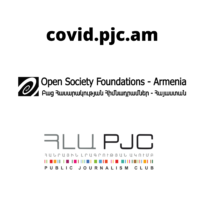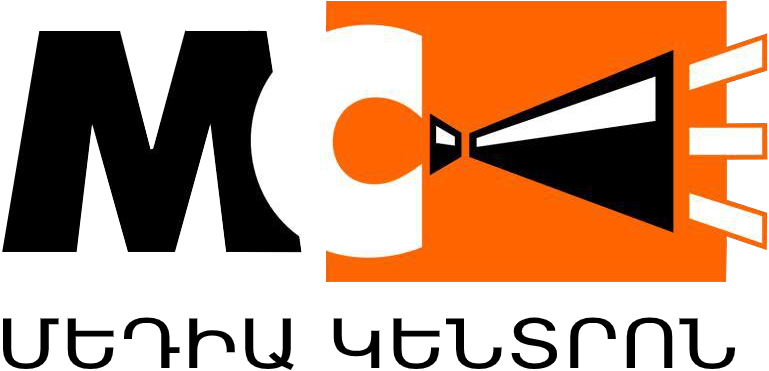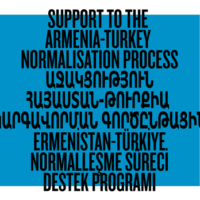
War Documentarians (Fragmentary Experience)
- October 25, 2022
- Category: News
Media professionals often read, watch, hear, write and tell harsh stories happening to others. One would think we are hardened, our emotions immunized… But at least for me, it is not like that anymore. It is not like that after the latest war in Artsakh. I feel emotional even when watching a cartoon with my five-year-old son, when the scenes lead up to climatic parts, positive though.
I am sure many of my colleagues have become emotional like me after the war stress they have experienced. Perhaps their professional “immunity” has even temporarily weakened.
It was on March 9, 2021, another late night (the days seem longer since the war at the cost of sleepless nights), when I saw Anush Kocharyan’s post on Facebook about Nazik Armenakyan’s “Red Black White”–(I am not going to retell it so you read). Well, Anush writes in such a way that one is intrigued to click and read.
That night I read the story and got to know those four women, whom Nazik presented so cautiously and with particular delicacy, the way only she can do. She tells about the tragedies of her characters in simple words, without unnecessary epithets.
I read and cried. I did not get emotional, I cried.
After having read the “Red Black White”, I realized that Nazik is the one to tell about the group of our colleagues who had direct access to the conflict hotspot to cover the 44-day Artsakh War of 2020 and its aftermath.
As an editor and an author of media projects, it is not within the scope of my interests to present stories about journalists telling about their peers and preparing journalistic materials. I think media people should first of all talk about problems, pain, and achievements of other people, that is about others’ life.
I am grateful that Nazik agreed to work on this documentary, which hopefully will somehow mitigate the stress of the war in the memories of the characters of this photo story… After all, telling can heal, can’t it?
Seda Muradyan,
President of Public Journalism Club
The full version of the article is available here.
The publication was prepared in the framework of “Rapid Response Fund Initiative” program, implemented by the Public Journalism Club, with the financial support of European Endowment for Democracy Fund (EED). The views and opinions expressed in this material are those of the author and may not reflect EED’s official position.





